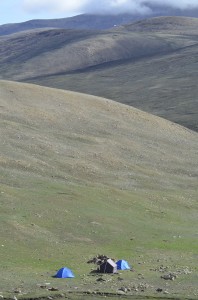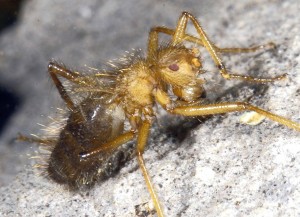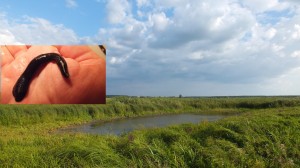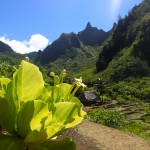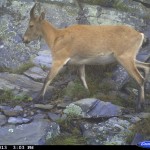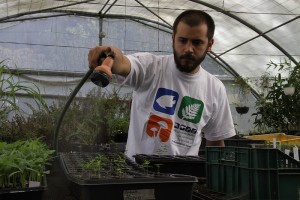“The study area is the most remote area in Nepal with no road access and the flights irregular. It took us nearly two weeks to reach our field site. Everything had to be carried from Kathmandu. The effort to manage the logistics was very tiring and we had to devote our energy more in these arrangements rather than starting field work which was the first and foremost challenge,” Said Mr. Raju Acharya, Director of Friends of Nepal in Kathmandu.


